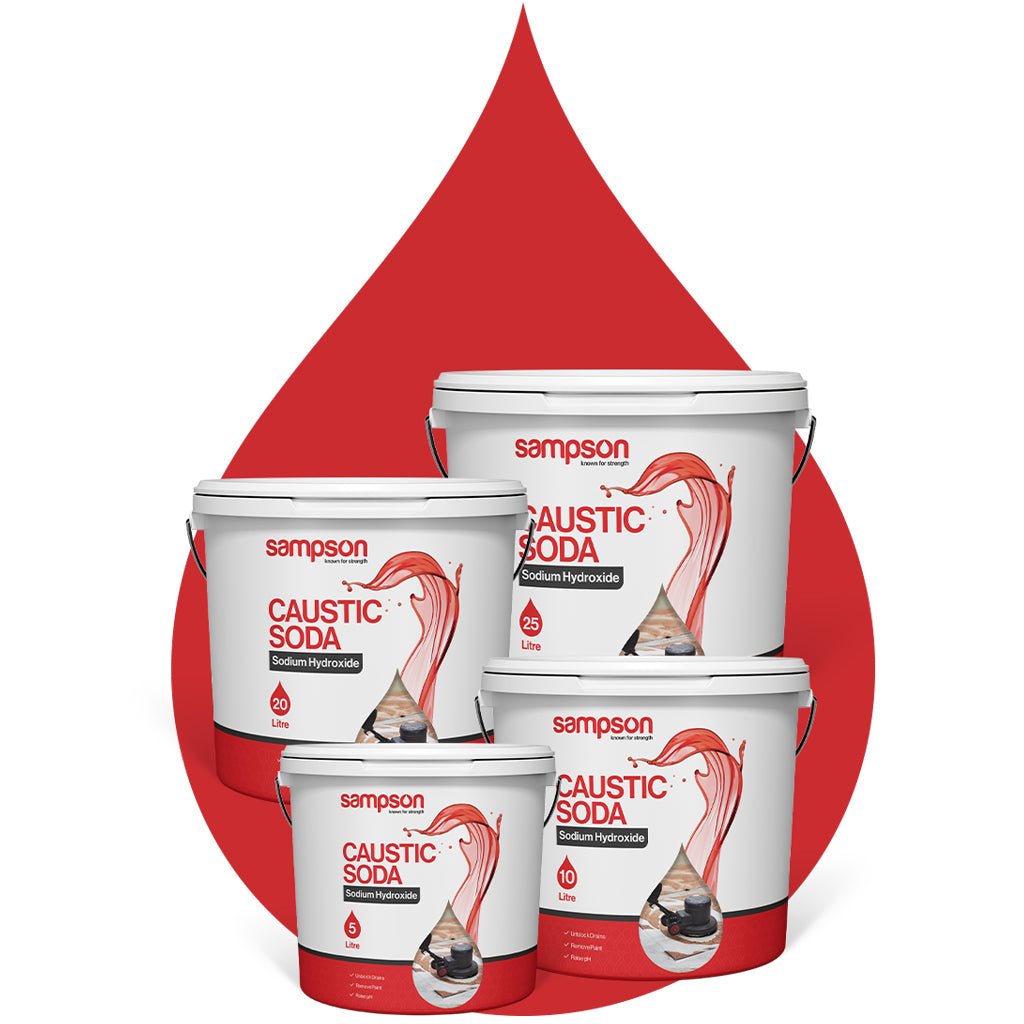
Using Caustic Soda
Share
Caustic soda (sodium hydroxide) can seriously affect your lungs if inhaled, especially in high concentrations. Even low-level exposure may irritate your nose, throat, and airways, causing symptoms like coughing, chest tightness, and shortness of breath. Severe exposure can lead to chemical burns in the respiratory tract, resulting in intense inflammation and tissue damage. In extreme cases, this can cause pulmonary edema (fluid buildup in the lungs), a life-threatening condition that makes breathing difficult.
Prolonged or repeated exposure can result in permanent lung damage, including pulmonary fibrosis, where the lung tissue hardens and thickens due to scarring. This reduces lung elasticity and makes breathing increasingly difficult over time. Symptoms of lung fibrosis include persistent dry cough, fatigue, and shortness of breath during physical activity. In advanced stages, it may lead to chronic respiratory failure.
To prevent lung damage, it’s crucial to handle caustic soda with extreme care. Always wear proper protective equipment, such as respiratory masks, and work in well-ventilated areas. If you experience breathing difficulty, chest pain, or other respiratory symptoms after exposure, seek medical attention immediately.



